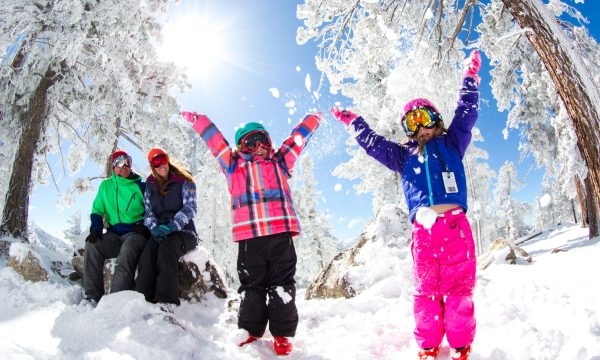Mayor Eric Garcetti announced last week that Slow Streets L.A. — his initiative to temporarily calm traffic on some neighborhood streets to create space for Angelenos to walk, run, and bike — would launch this past weekend in two communities.
What is it?
Slow Streets startes in the Del Rey and Sawtelle sections of the city. Information about the program and how to bring it to your community can be found at coronavirus.lacity.org/
“Learning to live with COVID-19 means finding creative ways to get outside while staying close to home,” said Mayor Garcetti. “Slow Streets will help transform neighborhoods into accessible spaces where people can enjoy healthy recreation — while giving them the space they need to be safer in this crisis.”
Slow Streets L.A. allows for “active use” only, prohibiting individuals from gathering, barbecuing, or playing games that involve physical contact of any kind. Participants are expected to keep at least six feet apart at all times and required to wear a face covering while engaging in active recreation.
“This is a great way to make our streets more family-friendly,” said City Councilmember Mike Bonin. “Kids who were cooped up in cramped apartments get a little more space to play, seniors get a little more room to walk, and exercise enthusiasts get a little more space to jog or cycle. Without this program, people were finding it difficult to maintain the proper distance from others on narrow, congested sidewalks and were feeling unsafe walking on the street amid speeding cars and construction trucks. This program is a great way to let people get some fresh air while helping them abide by public health guidelines.”
The initial locations selected to launch the program were chosen for their demonstrated plans to adhere to the latest health guidelines set forth by the L.A. County Department of Public Health. These communities worked with Councilmember Bonin, the Los Angeles Department of Transportation (LADOT), and StreetsLA to create a framework for the city-wide program. Community engagement for this program will be prioritized in low-income communities and communities lacking access to parks and open space.
“While much has changed since the outbreak of COVID-19, LADOT's commitment to safety on Los Angeles streets has not,” said LADOT General Manager Seleta Reynolds. “Slow Streets is a neighborhood-driven program to signal to drivers that cars are guests on these streets and they should expect to see people walking, biking, and rolling on them.”
Neighborhood councils and community organizations in all areas of the City of Los Angeles are strongly encouraged to apply for Slow Streets L.A. A lead organization in each participating community will monitor day-to-day operations of the program, working closely with LADOT and Streets LA to ensure compliance with all health and safety guidelines. Local traffic and parking for residents is still allowed on the streets of each neighborhood participating in the program.














